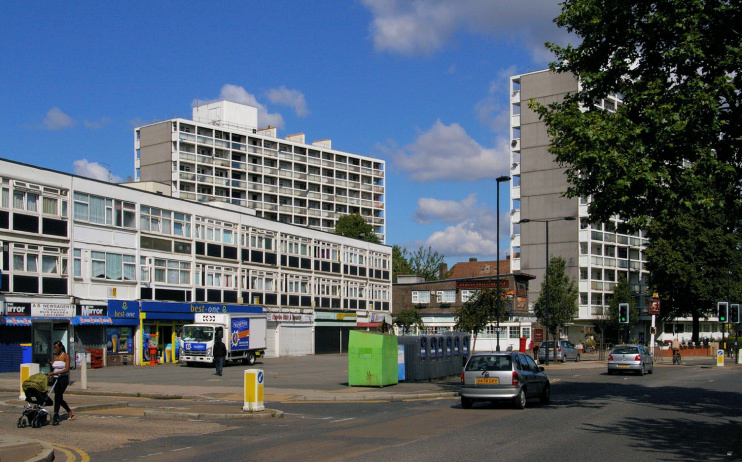Loughborough Junction
Loughborough Junction, Lambeth
A station and a tangle of railway lines located halfway along Coldharbour Lane where Brixton meets Camberwell, deriving its name from Henry Hastings, first Baron Loughborough

In 1660 Lord Loughborough acquired the old manor house of Lambeth Wick, which had extensive grounds occupying an area then known as Cold Harbour.
The house later became a boys’ school and was demolished in 1854, when the Loughborough Park estate was being laid out. The Victorian Loughborough Hotel (now converted to flats) occupies the site of the manor house.
Loughborough Junction station opened in 1863, followed by another station to its west, originally called Loughborough Park, later East Brixton.
By the end of the 19th century many of the area’s larger villas were being subdivided into flats. A number of these houses survive but much of the area’s housing stock was lost in a post-war demolition programme around Coldharbour Lane to clear the way for an inner London ring road that was never built.
The council flats of the Loughborough estate (shown in the photo above*) subsequently filled the breach, notably the eleven-storey blocks around Barrington Road.
Loughborough Park public gardens opened in 1972. East Brixton station closed in 1976.
Loughborough primary school opened on Minet Road as a ‘fresh start school in 2002, serving the Loughborough estate. Around four-fifths of its pupils come from minority ethnic backgrounds and at least 28 different mother tongues are spoken.
The Evelyn Grace academy moved into its award-winning building on Shakespeare Road in 2010.
Three graffiti artists were killed by a freight train near Loughborough Junction station in the early hours of Monday morning, 18 June 2018.
